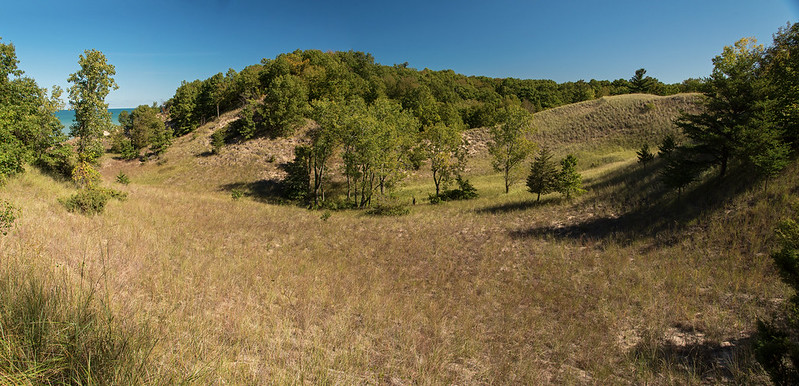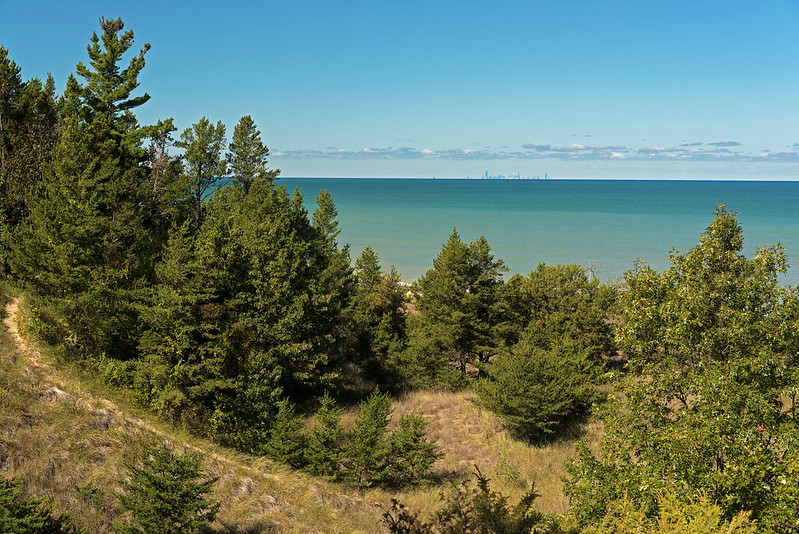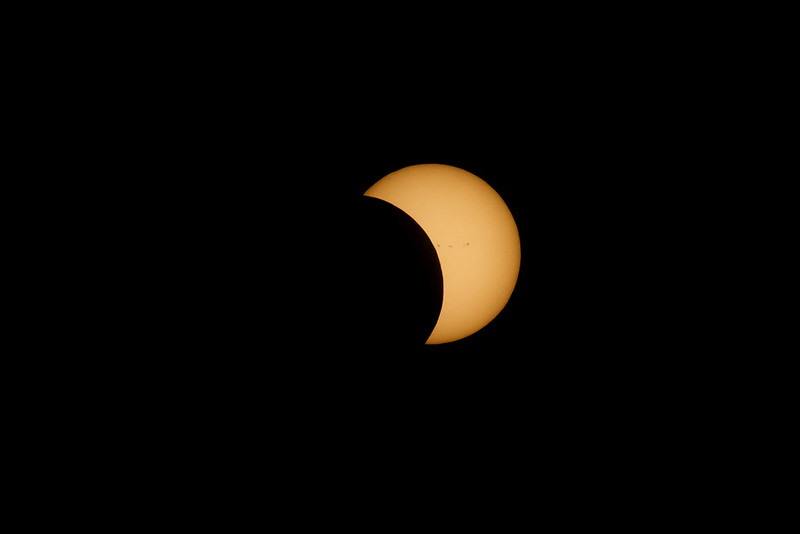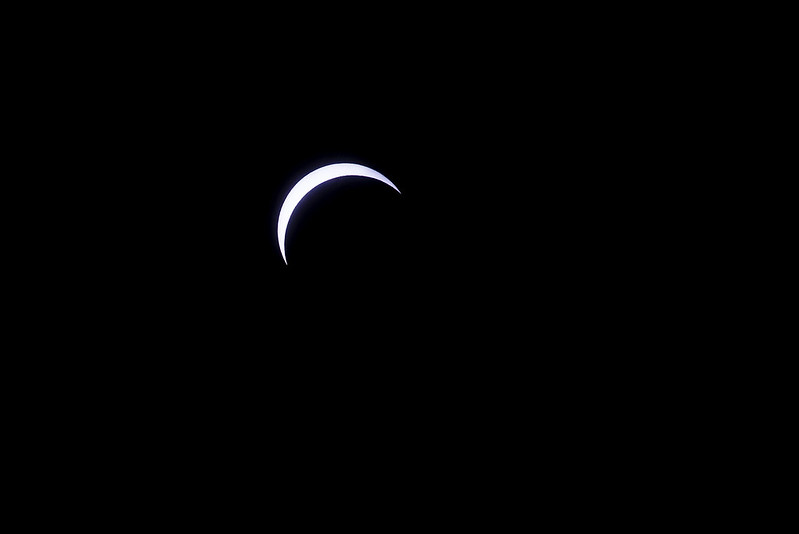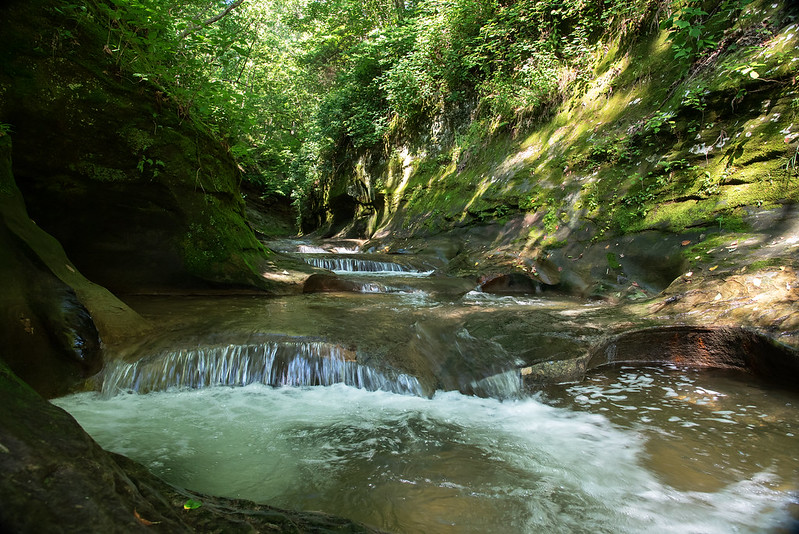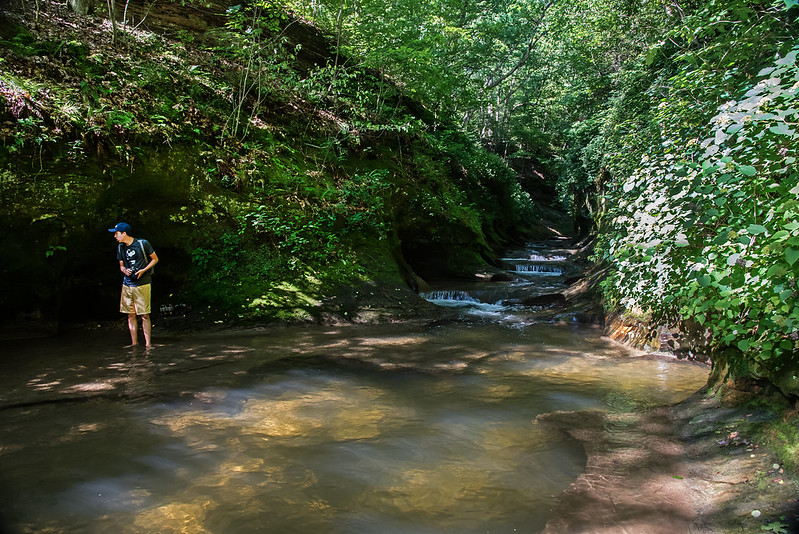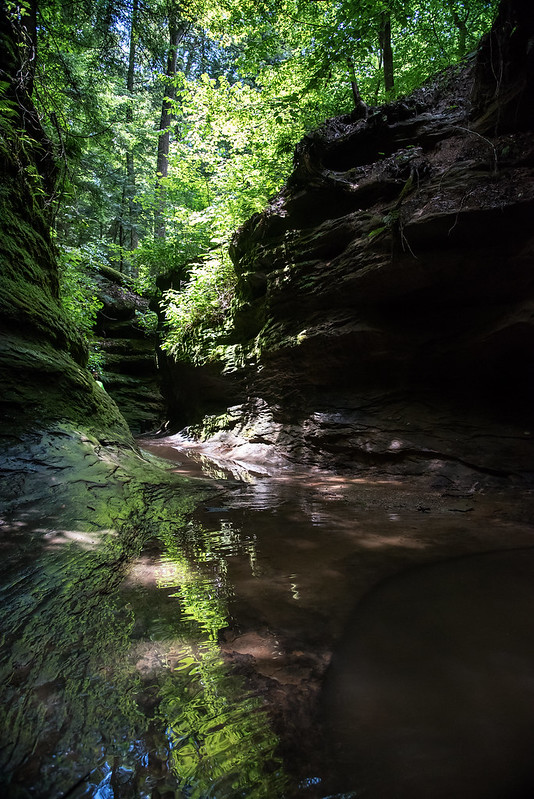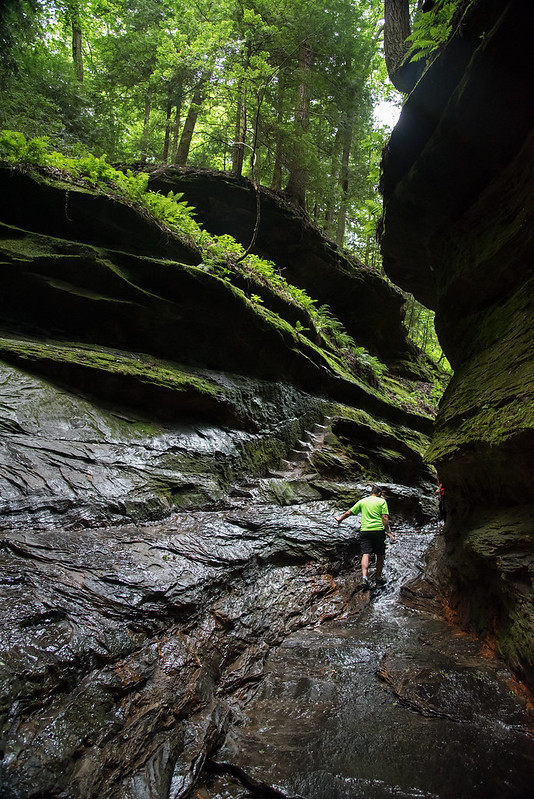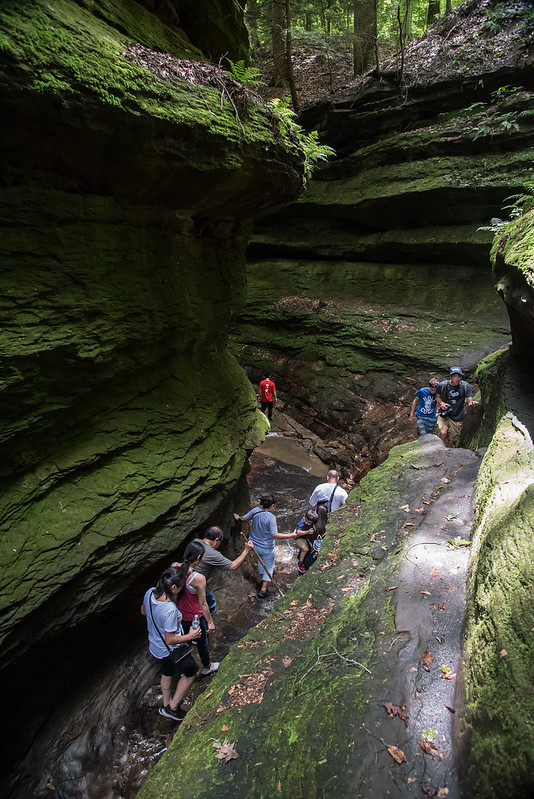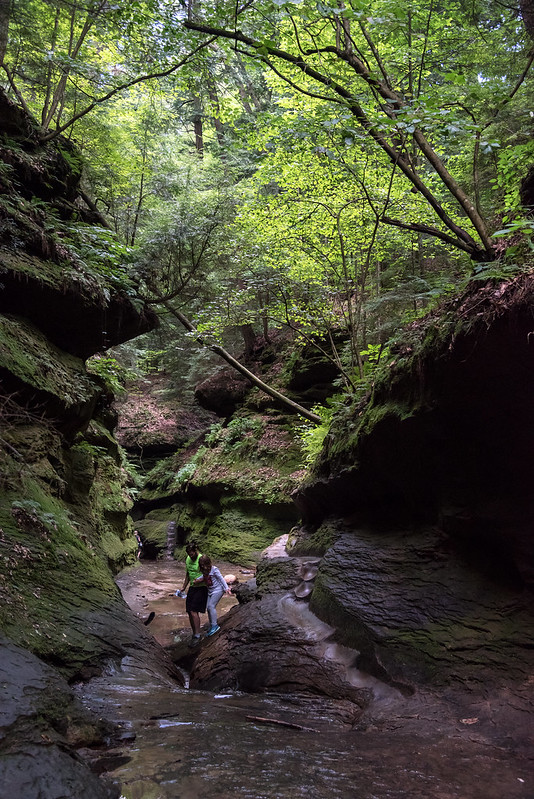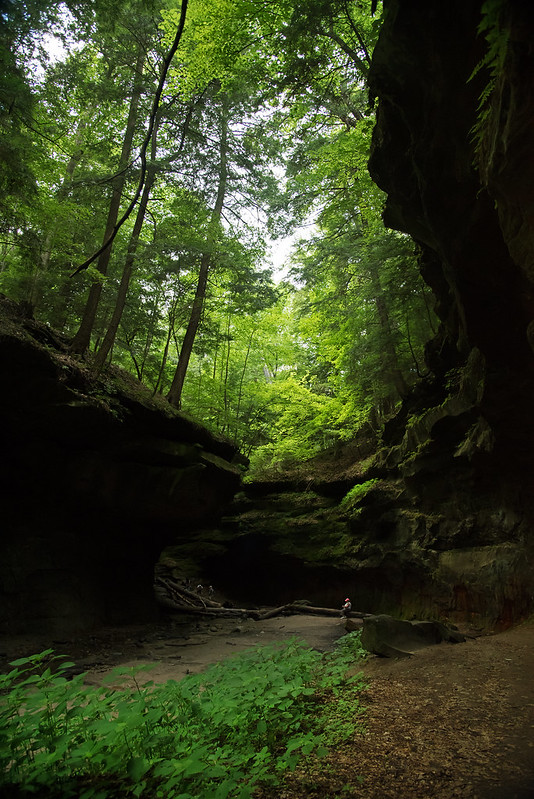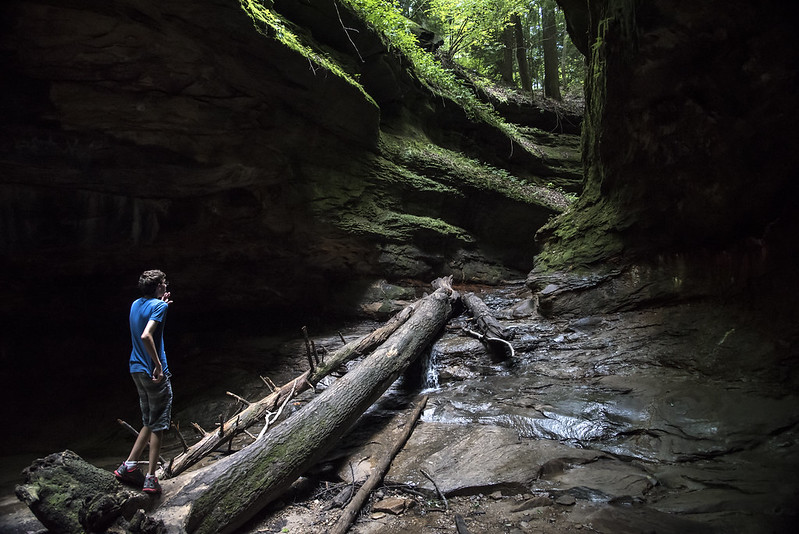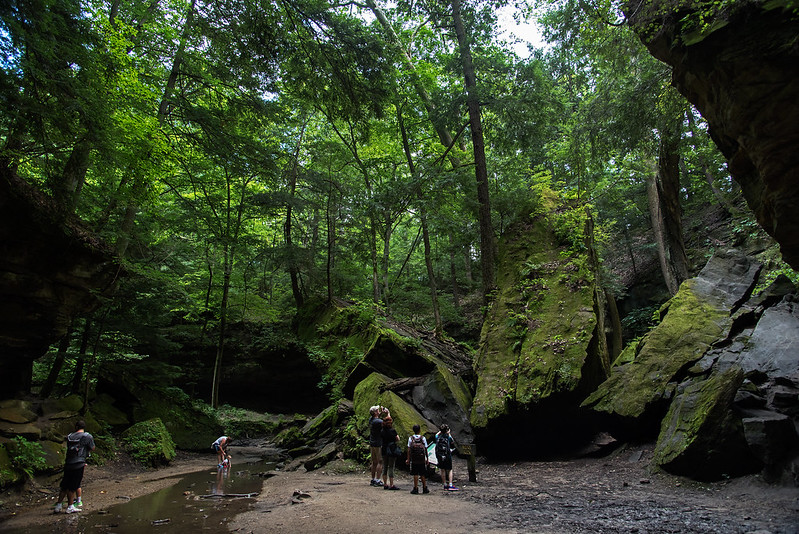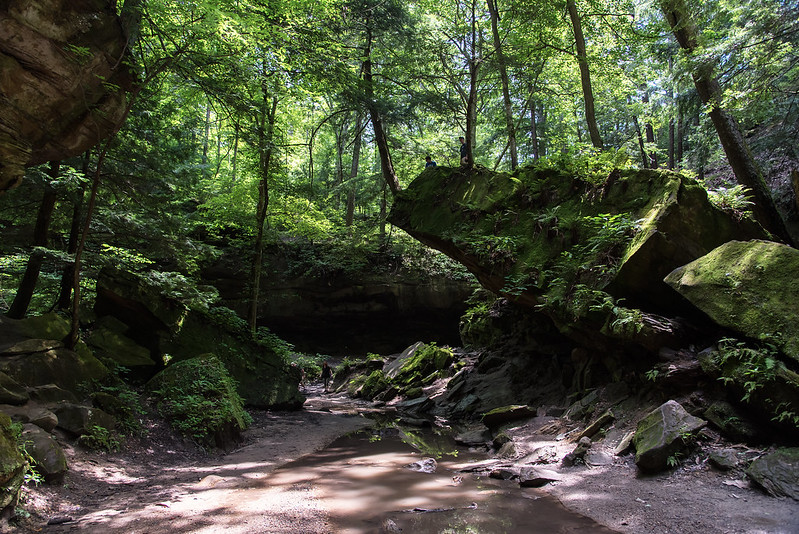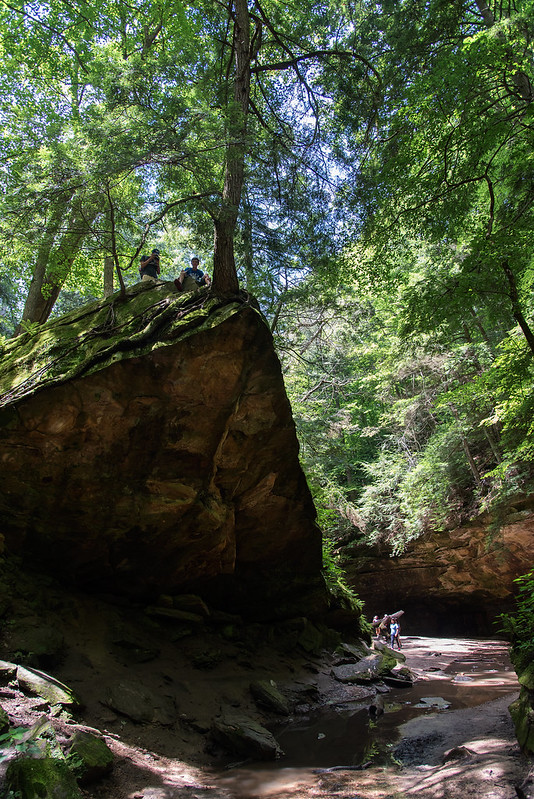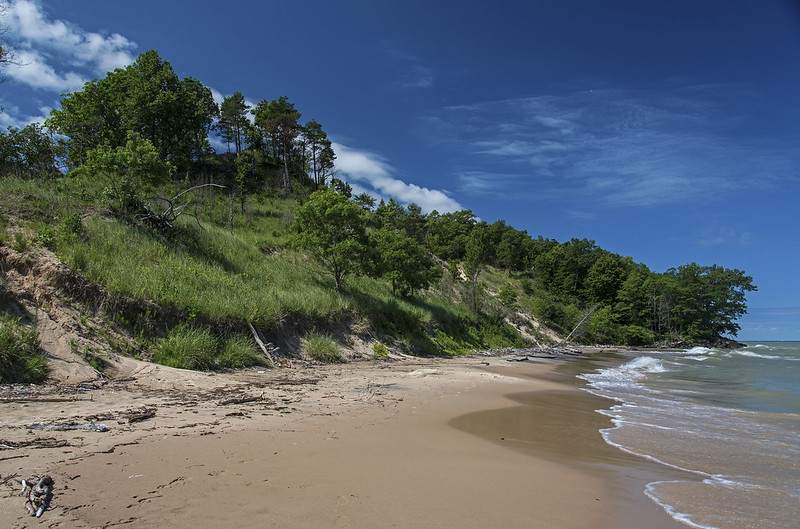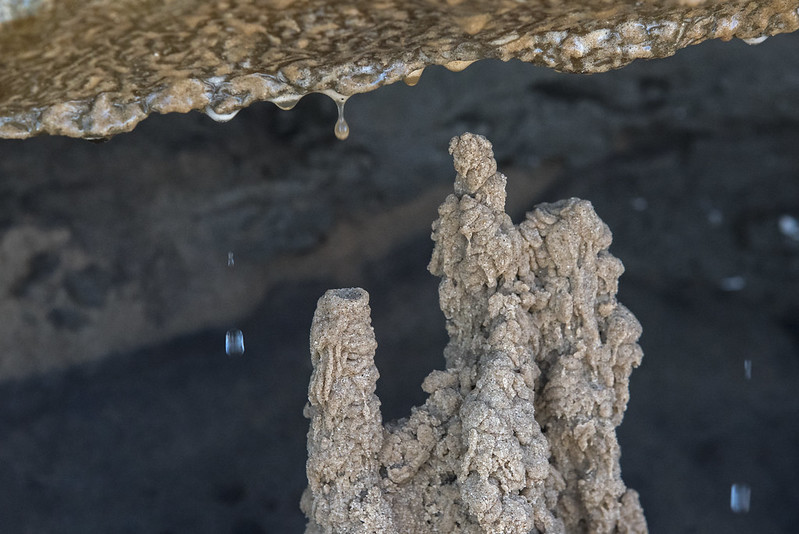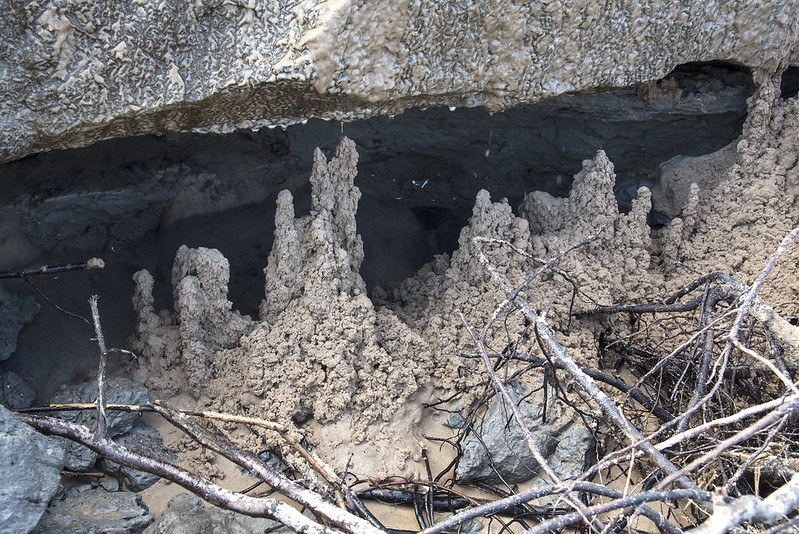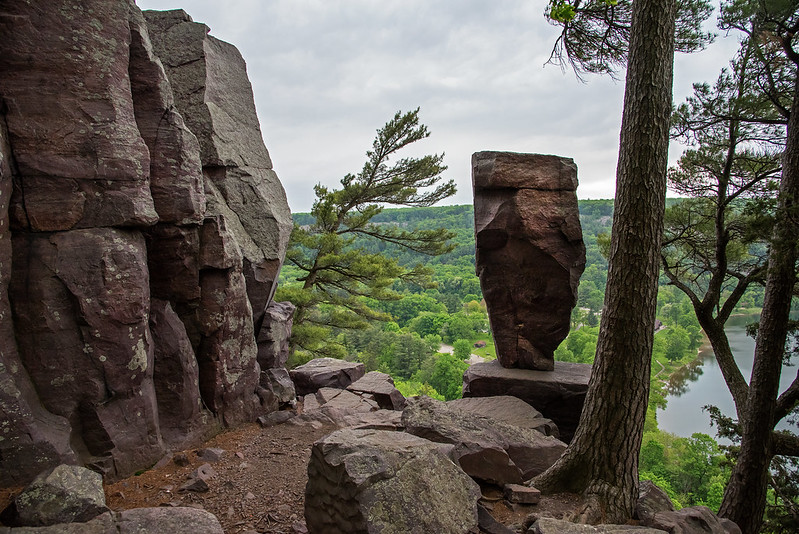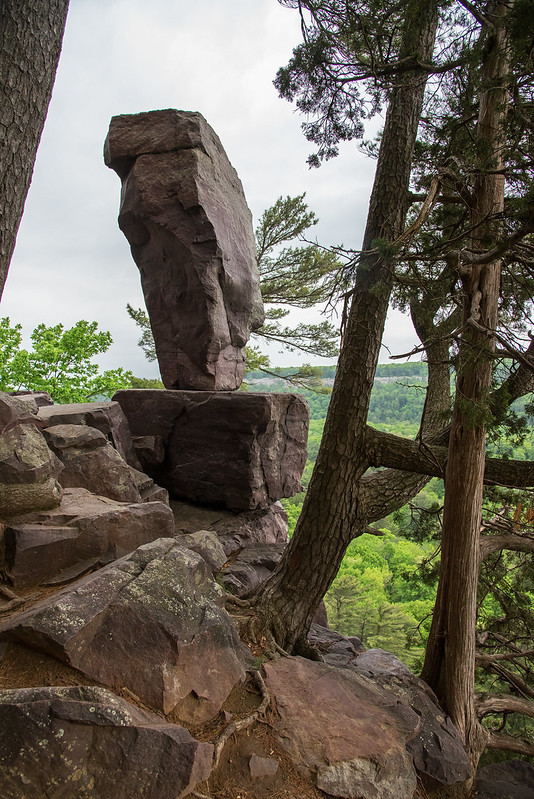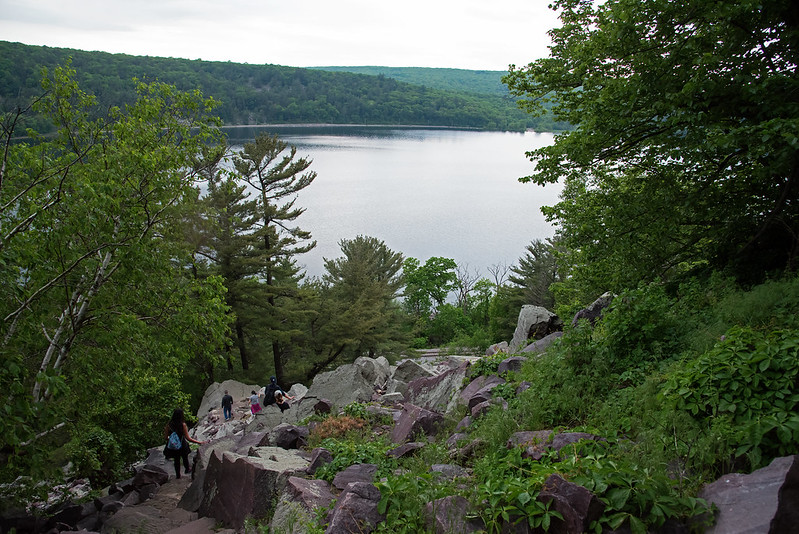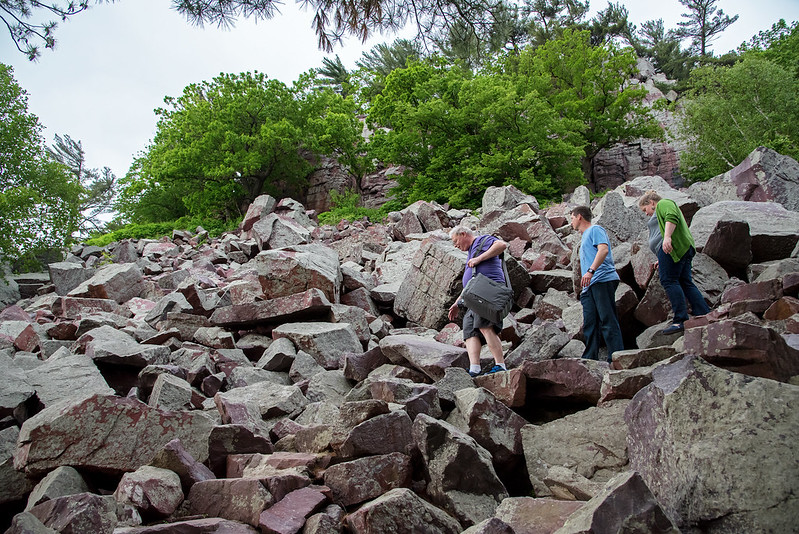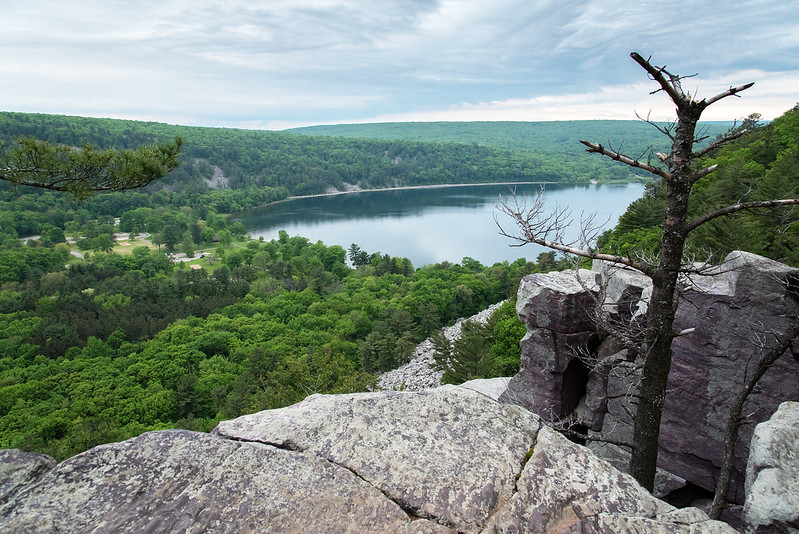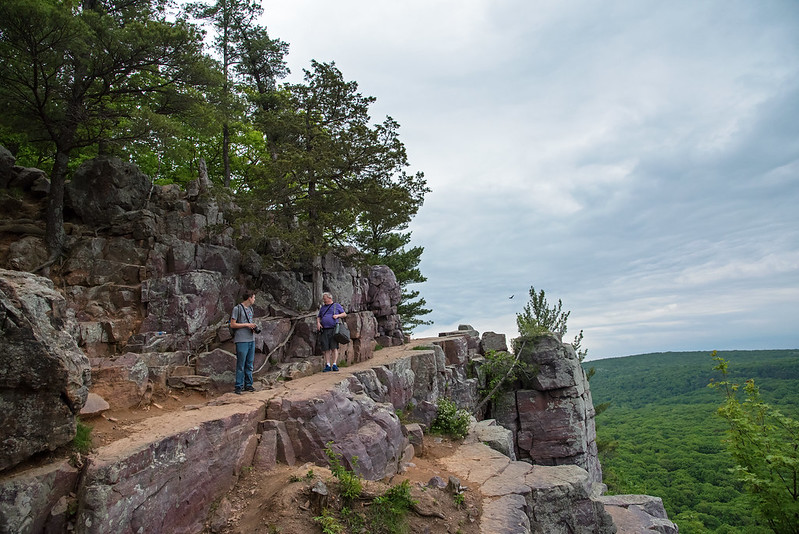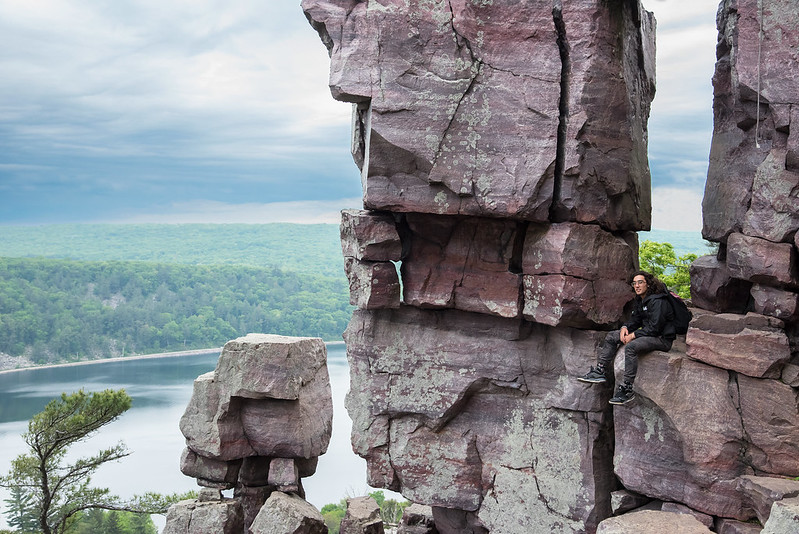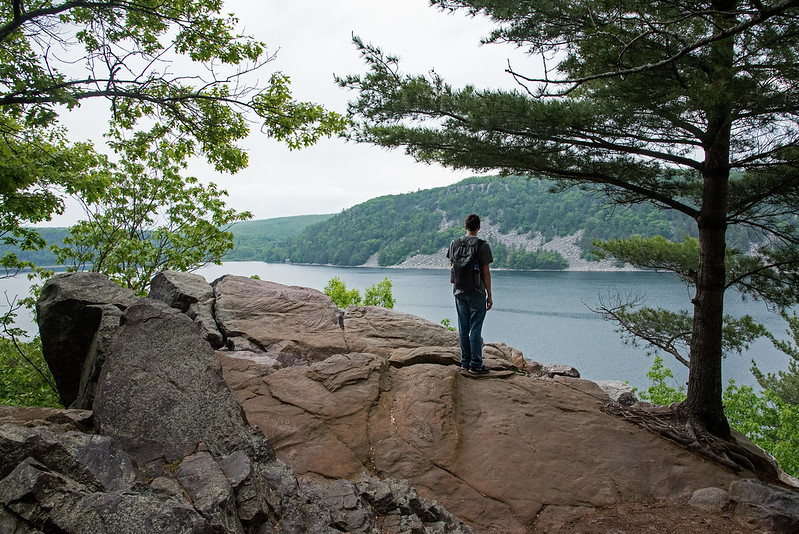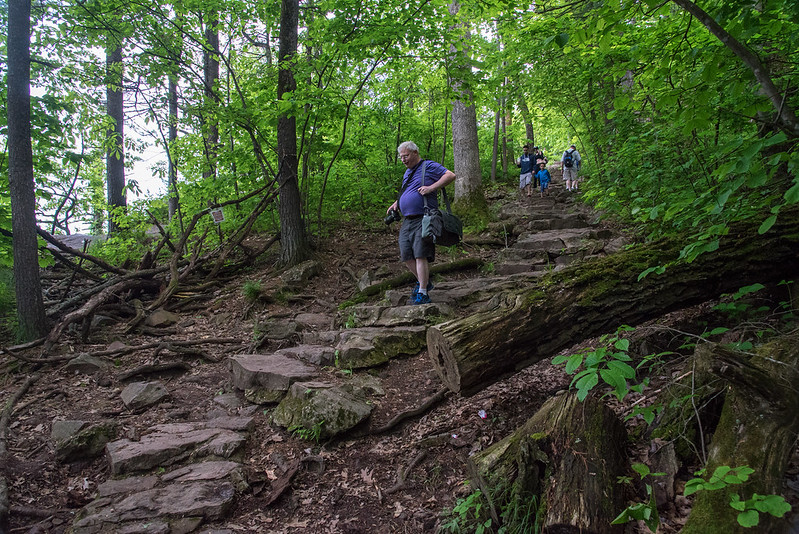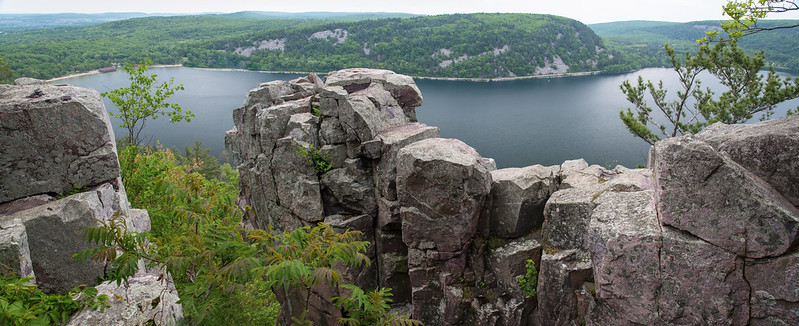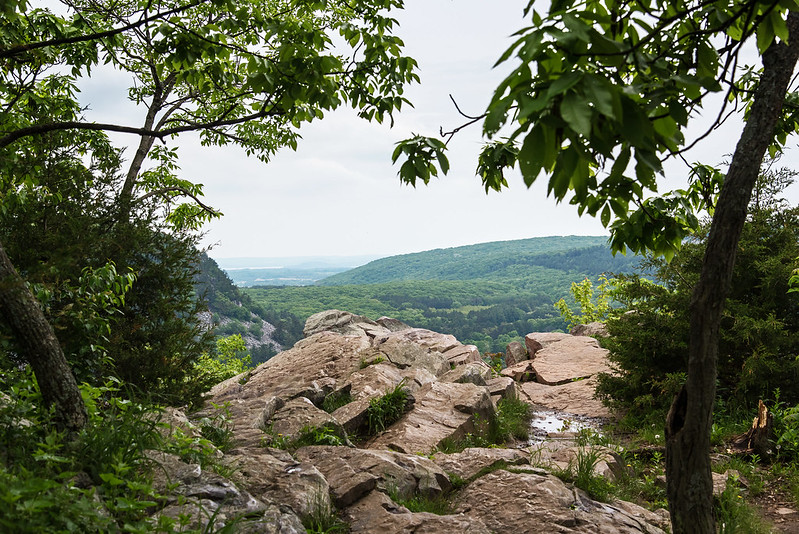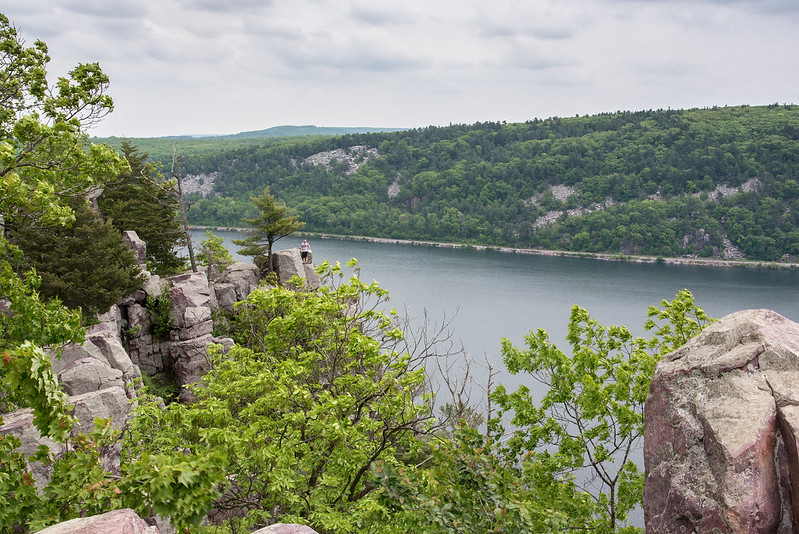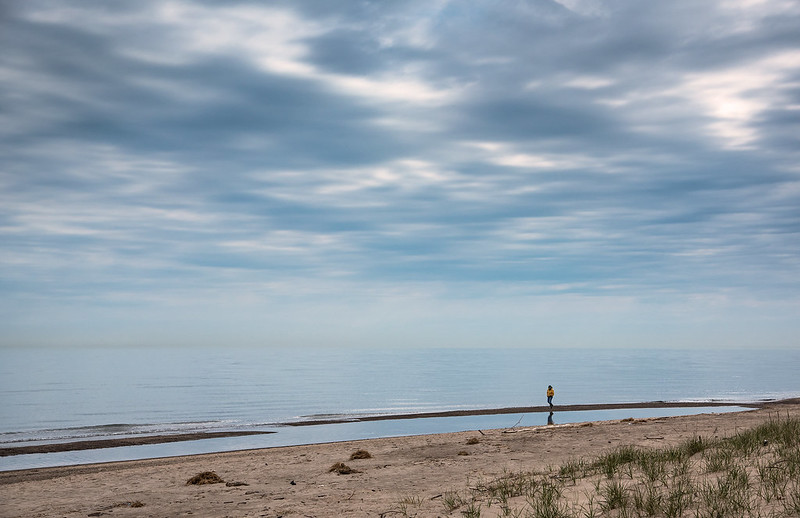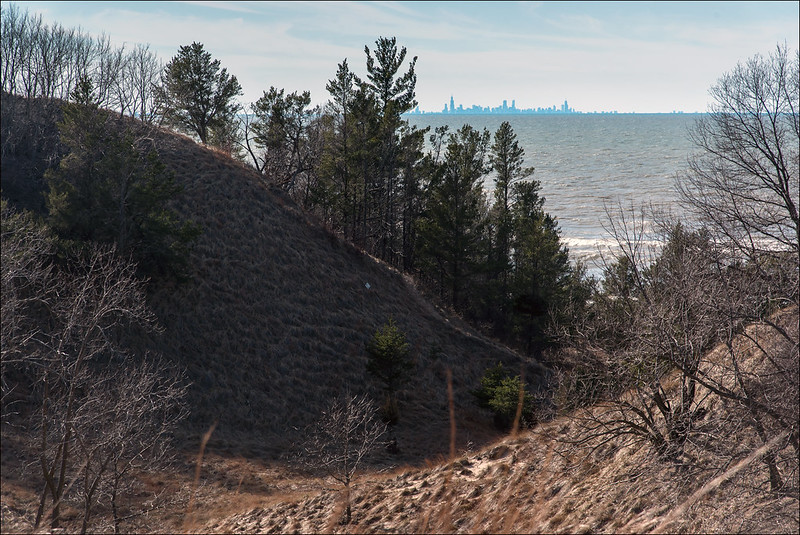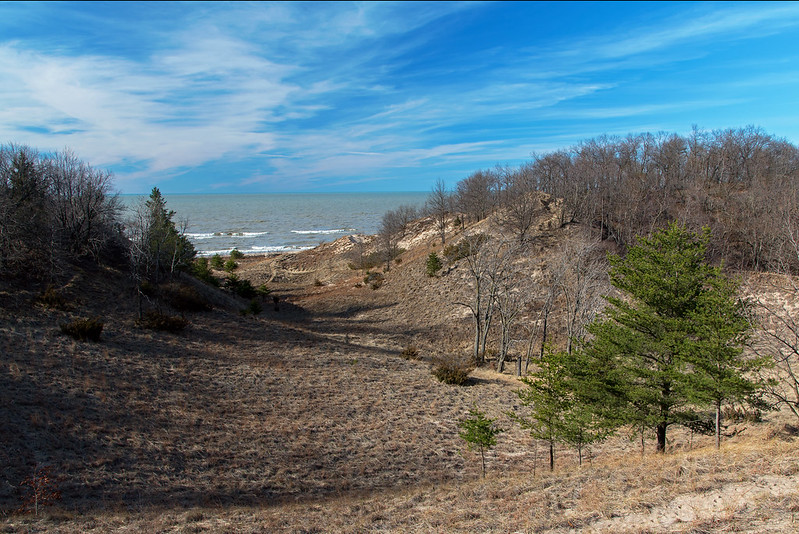
Nothing beats a long walk in the country on a sunny day, and at this time of year the crops are ready for harvest. Fields of yellow dent corn dry in the early Fall sun, while their brown leaves crackle in the wind. This is often the only sound heard on the rural roads of LaPorte County, Indiana.
On this day, we heard machinery too - farmers harvesting the bean crop just across the road. A few semi trucks waited their turn for the reaper to fill up and unload the beans into their trucks.
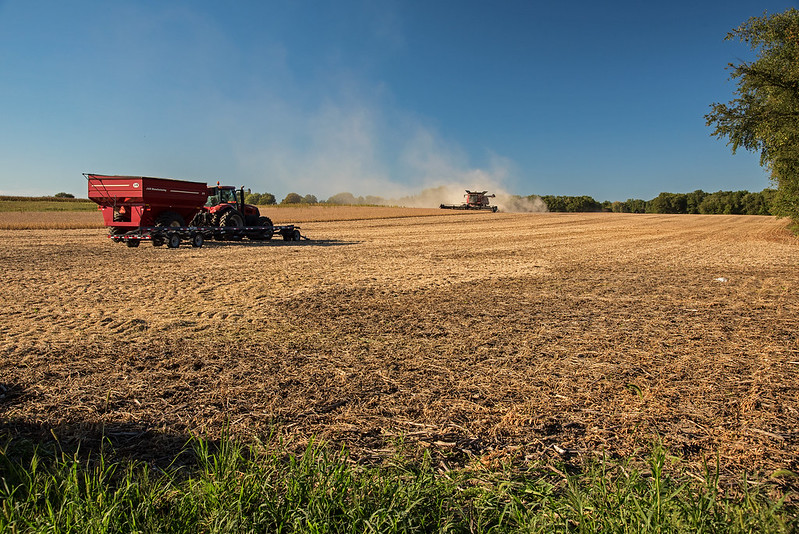
As I walk past these farms, I wonder if the farmers themselves are harvesting using their own equipment, or rented equipment, or, are they using a harvesting service that does everything for them. I'm sure it depends upon the farm, but a huge amount of equipment is needed to plant, harvest, and maintain a farm these days. How could anyone afford it all?
Soon, the Yellow Dent corn will reach the perfect stage for harvest as well - it's the black layer, and this is when the corn is mature enough to harvest, and contains the least amount of moisture. If it's dry enough, it can be stored in silos until needed, if it's not, it can be dried before storage.
Probably by next week, the walk down the rural roads will be a lot different. The tall corn that blocked the view of the horizon will be gone, and the only sounds we'll hear will be the birds eating what the combine missed.


